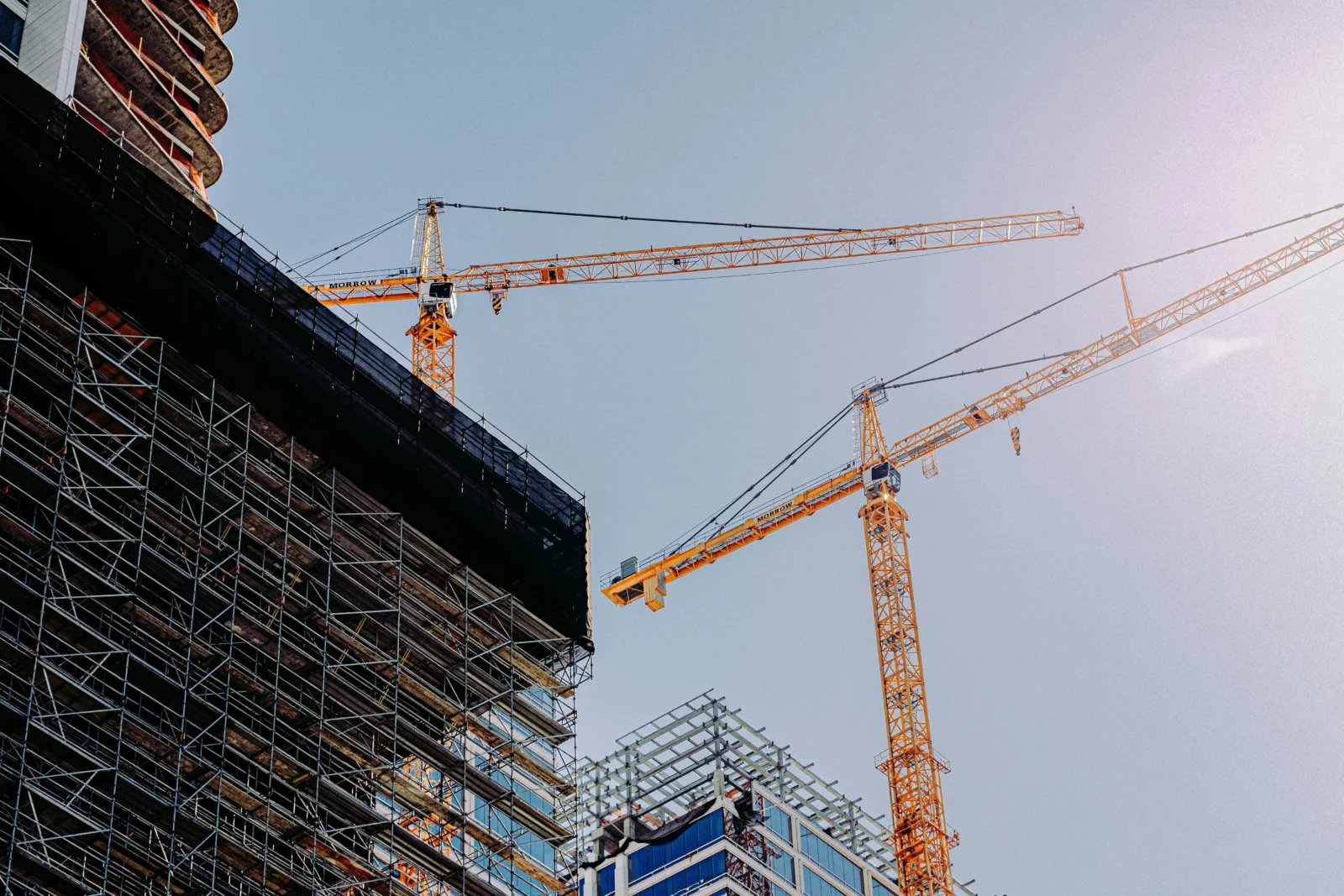- Home
- Articles
- Architectural Portfolio
- Architectral Presentation
- Inspirational Stories
- Architecture News
- Visualization
- BIM Industry
- Facade Design
- Parametric Design
- Career
- Landscape Architecture
- Construction
- Artificial Intelligence
- Sketching
- Design Softwares
- Diagrams
- Writing
- Architectural Tips
- Sustainability
- Courses
- Concept
- Technology
- History & Heritage
- Future of Architecture
- Guides & How-To
- Art & Culture
- Projects
- Interior Design
- Competitions
- Jobs
- Store
- Tools
- More
- Home
- Articles
- Architectural Portfolio
- Architectral Presentation
- Inspirational Stories
- Architecture News
- Visualization
- BIM Industry
- Facade Design
- Parametric Design
- Career
- Landscape Architecture
- Construction
- Artificial Intelligence
- Sketching
- Design Softwares
- Diagrams
- Writing
- Architectural Tips
- Sustainability
- Courses
- Concept
- Technology
- History & Heritage
- Future of Architecture
- Guides & How-To
- Art & Culture
- Projects
- Interior Design
- Competitions
- Jobs
- Store
- Tools
- More
Specialist Insights That Clarify Building Disputes

Building disputes often arise from a complex web of misunderstandings, contractual ambiguities, and differing expectations between parties. The construction industry, characterized by numerous stakeholders, varying regulations, and intricate technical details, further complicates these disputes. Whether it involves homeowners, contractors, architects, or other professionals, the stakes are high, and the repercussions of unresolved conflicts can be significant. A clear understanding of the factors that lead to disputes and the pathways to resolution is important for all parties involved.
Table of Contents
ToggleUnderstanding Common Causes of Disputes
When examining building disputes, various common causes emerge. Poor communication remains a predominant issue, leading to misaligned expectations among stakeholders. Contract misinterpretations can occur when specifics regarding scope, timelines, and costs are not adequately understood. Disputes may arise over the quality of workmanship or materials used, as stakeholders might have differing standards that they believe should be met.
Changes made to the project, be it design alterations or resource adjustments, can amplify existing tensions if not documented or communicated effectively. Construction delays can disrupt financial plans, often resulting in conflicts. As stakeholders navigate these issues, many seek solutions to ensure projects proceed smoothly and within expectations, highlighting the importance of proactive management of potential risks.

Role of Specialist Consultants in Dispute Resolution
Specialist consultants play a pivotal role in navigating disputes within the building sector. Their expertise allows for an objective analysis of the intricacies involved in a project, particularly when technical expertise is necessary. A well-prepared expert witness building report can provide critical insights, assessments, and recommendations based on industry standards and best practices. Such reports serve to clarify complex technical details and to mediate between the involved parties.
By establishing an independent perspective, these consultants can propose solutions that are equitable and grounded in factual evidence, mitigating contentious negotiations. Their involvement can preempt minor disputes from escalating into significant, costly conflicts, protecting relationships among stakeholders. Engaging specialists early in the process can lighten the burden on primary contractors and clients alike, facilitating smoother project delivery and promoting partnership instead of adversarial interactions.
Dispute Resolution Mechanisms
Numerous channels exist for resolving building disputes, each suited to different circumstances and stakeholder preferences. Mediation is an increasingly popular option, where an impartial third party assists the disputants in reaching a mutually acceptable solution. This process fosters open dialogue and can preserve relationships, promoting a collaborative atmosphere. On the other hand, arbitration involves a more formal process where a designated individual reviews the case and makes a binding decision.
This route often harks back to contractual agreements specifying arbitration as the preferred dispute resolution mechanism. Traditional litigation remains prevalent but is usually seen as a last resort due to its expense, time consumption, and potential to strain relationships. Understanding these mechanisms is vital as they empower stakeholders to choose the most suitable approach based on their unique circumstances.
Impact of Legislation and Regulations on Disputes
Legislation and regulatory frameworks significantly influence the construction landscape and thus play a crucial role in dispute management. National and local building codes set standards governing construction practices, which affect how projects are designed, executed, and assessed. Compliance with these codes can preempt many common disputes related to safety and quality. Changes in regulations can prompt unforeseen complications, necessitating adjustments in project plans.
Stakeholders must be keenly aware of these regulations to avoid potential pitfalls and ensure that projects remain compliant. The complexity of navigating legal requirements underscores the importance of thorough planning and consulting legal professionals in the early stages of project conception. All involved parties should remain updated on regulatory shifts that could impact their projects, as this knowledge is vital for minimizing disputes and ensuring seamless execution.
The Role of Documentation in Preventing Disputes
Robust documentation serves as a foundation for effective project management and is critical in minimizing disputes. Every agreement, change order, and correspondence should be meticulously recorded to establish a clear trail of communication and expectations. Well-documented contracts ensure that all parties are aligned regarding scope, obligations, and deliverables, limiting the potential for misinterpretation or oversight.

Maintaining records of meetings and decisions reduces ambiguity and fosters accountability throughout the project lifecycle. Disputes often arise from a lack of clarity, making it important for all contributors to adhere to strict documentation procedures. A proactive approach to documentation can prevent disputes and provide important evidence should resolution processes become necessary.
Collaboration and Communication as Preventive Measures
Fostering a culture of collaboration and open communication is crucial in managing and building disputes proactively. Regular meetings among all stakeholders can help ensure that everyone is on the same page and potential issues are addressed promptly. Tools facilitating digital communication can enhance transparency, ensuring that all parties can access updated project information readily.
Combining these efforts creates a cooperative environment where concerns can be voiced, misunderstandings clarified, and solutions developed collaboratively. By prioritizing proactive communication, stakeholders can bolster relationships and minimize friction before conflicts arise. An emphasis on collaboration aids in dispute prevention and can enhance project execution, leading to timely and successful completions.
Understanding the factors contributing to building disputes, the role of specialists, and the effective mechanisms for resolution arms all stakeholders with the knowledge needed to navigate challenges. By emphasizing collaboration, proactive communication, and documentation, the construction industry can mitigate disputes and improve outcomes.
illustrarch is your daily dose of architecture. Leading community designed for all lovers of illustration and #drawing.
Submit your architectural projects
Follow these steps for submission your project. Submission FormLatest Posts
Dependable Service for Everyday Appliance Problems
When a washer stalls mid-cycle or a fridge warms up, you need...
8 Essential Web-Based Mapping Tools for Modeling Sea Level Rise and Flood Impacts
As climate change accelerates, flood risk and sea level rise have become...
How Sydney’s Architecture Responds to Climate, Light, and Lifestyle
Sydney’s architecture has never been driven by form alone. It evolves through...
Shipping Containers as Functional Infrastructure on Construction Sites
Construction sites are temporary by definition, yet the systems that support them...












Leave a comment